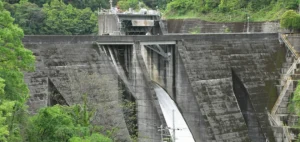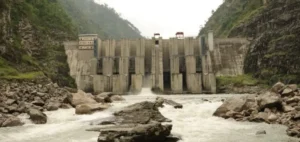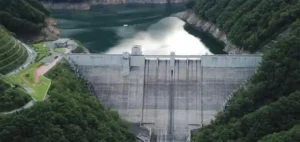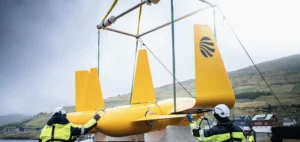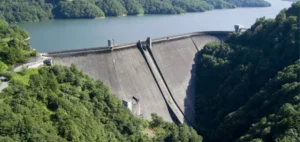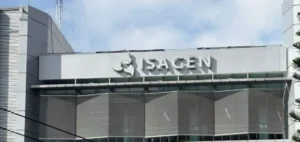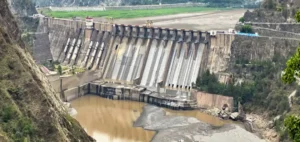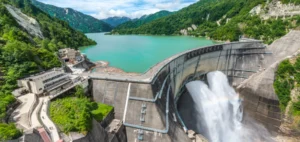The Renewable 2022 report forecasts that hydropower will dominate the global renewable energy mix until 2027.
Limited growth
The Renewable 2022 report comes from the International Energy Agency (IEA). Renewable energies will only become the main source of electricity after 2027. As a result, they will overtake coal in electricity generation by early 2025.
According to the Renewable report, the share of renewable energies will increase by 10 percentage points to reach 38% in 2027. As a result, the share of coal, natural gas, nuclear power and oil in electricity generation will decline. However, growth inhydroelectricity, bioenergy, geothermal and solar power remains limited.
However, dispatchable energy, especially solar power, plays a vital role in the world’s power systems. Hydropower is not very predictable, ranging from 17GW to 33GW depending on commissioning lead times. The three major markets – China, India and Turkey – are characterized by volatile forecasts.
Offsetting fossil fuels
According to the Renewable report, these three markets for the period 2022-2027 represent a forecast 141GW. This scenario is slightly lower than deployments over the past five years. In an accelerated scenario, this increase remains limited to just 40GW.
However, the Renewable report states that total renewable electricity production is set to increase by around 60%. It would then reach more than 12,400 TWh. Hydropower remains the main source of renewable electricity generation over the forecast period.
However, its capacity is growing less rapidly than that of wind and solar power. Renewable energies will account for almost 40% of global electricity production in 2027. This will compensate for the declining share of coal, natural gas and nuclear power.




